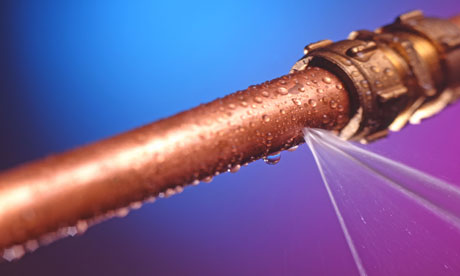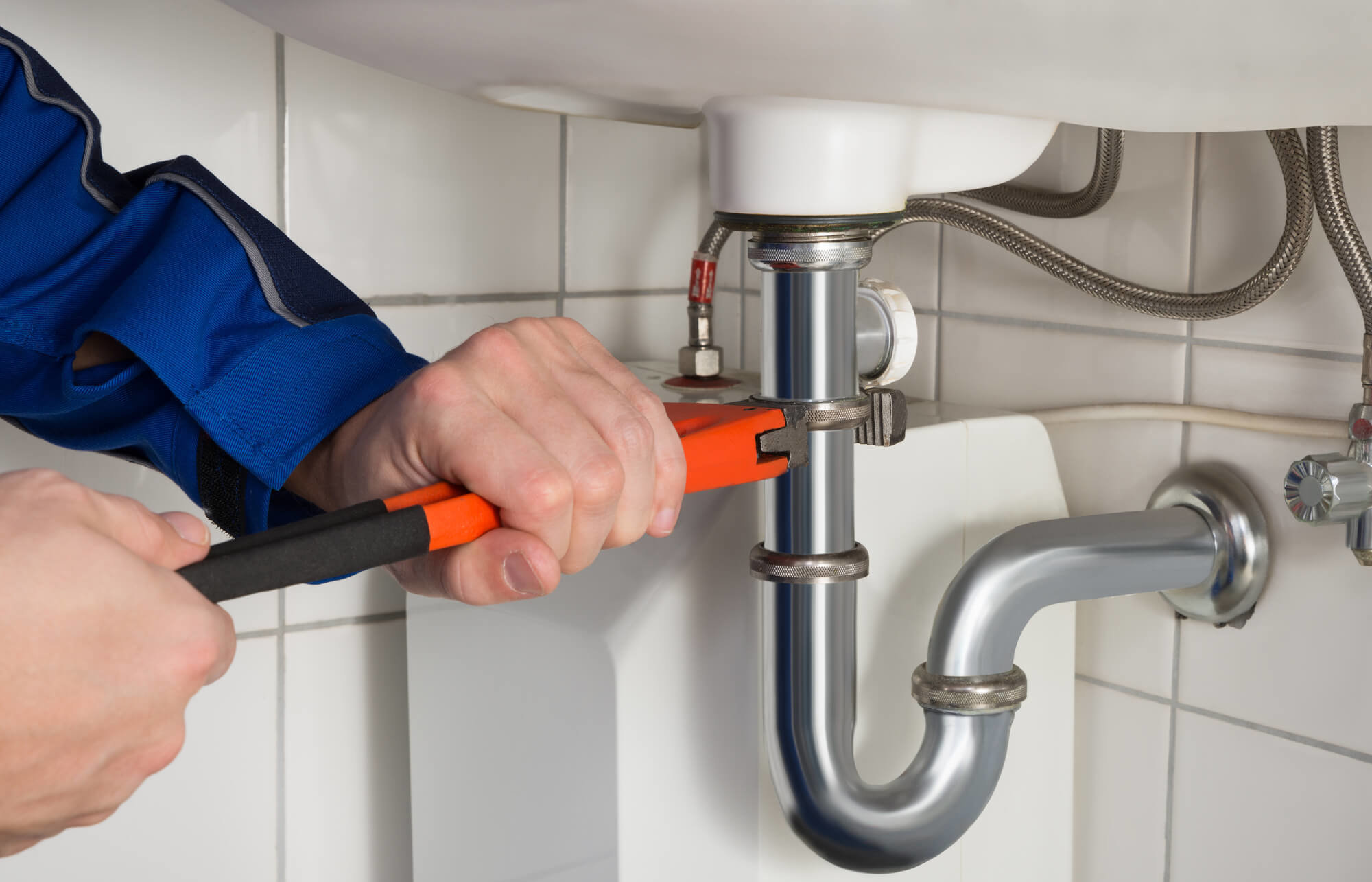Why is My House Making Strange Plumbing Sounds?
Why is My House Making Strange Plumbing Sounds?
Blog Article
Have you been hunting for facts concerning Why is My Home Making Strange Plumbing Noises?

To detect noisy plumbing, it is necessary to establish initial whether the unwanted sounds take place on the system's inlet side-in various other words, when water is turned on-or on the drainpipe side. Sounds on the inlet side have varied reasons: extreme water stress, worn valve and also faucet parts, incorrectly linked pumps or other devices, improperly placed pipeline fasteners, and plumbing runs having a lot of tight bends or various other restrictions. Sounds on the drain side usually originate from bad location or, similar to some inlet side noise, a layout having tight bends.
Hissing
Hissing sound that happens when a faucet is opened a little normally signals excessive water stress. Consult your local water company if you believe this issue; it will certainly be able to inform you the water pressure in your area and also can set up a pressurereducing shutoff on the inbound supply of water pipeline if required.
Thudding
Thudding sound, often accompanied by trembling pipes, when a faucet or device valve is shut off is a problem called water hammer. The noise as well as resonance are caused by the reverberating wave of stress in the water, which suddenly has no location to go. Occasionally opening a shutoff that releases water quickly into an area of piping consisting of a constraint, elbow, or tee installation can generate the same condition.
Water hammer can typically be treated by setting up fittings called air chambers or shock absorbers in the plumbing to which the issue shutoffs or taps are attached. These tools permit the shock wave created by the halted flow of water to dissipate airborne they contain, which (unlike water) is compressible.
Older plumbing systems might have brief upright sections of capped pipe behind walls on tap competes the very same purpose; these can eventually fill with water, reducing or destroying their effectiveness. The cure is to drain the water system completely by shutting off the main water supply valve and also opening up all taps. After that open up the major supply shutoff as well as close the faucets individually, beginning with the faucet nearest the valve and ending with the one farthest away.
Babbling or Shrilling
Extreme chattering or shrilling that takes place when a shutoff or faucet is turned on, which generally vanishes when the fitting is opened totally, signals loose or defective interior parts. The solution is to change the valve or faucet with a brand-new one.
Pumps as well as appliances such as cleaning makers and dish washers can move motor sound to pipes if they are improperly attached. Link such items to plumbing with plastic or rubber hoses-never rigid pipe-to isolate them.
Various Other Inlet Side Noises
Squeaking, squeaking, scratching, breaking, and also touching typically are caused by the development or tightening of pipes, generally copper ones providing warm water. The sounds take place as the pipelines slide against loose bolts or strike close-by house framework. You can commonly identify the place of the problem if the pipelines are subjected; just adhere to the noise when the pipes are making sounds. Probably you will discover a loosened pipe hanger or an area where pipelines lie so near flooring joists or other framing pieces that they clatter versus them. Attaching foam pipeline insulation around the pipes at the point of get in touch with should treat the problem. Make sure straps and also hangers are safe and secure as well as provide appropriate support. Where feasible, pipe fasteners need to be connected to massive architectural elements such as structure walls rather than to framing; doing so minimizes the transmission of vibrations from plumbing to surface areas that can amplify as well as transfer them. If connecting fasteners to framing is inescapable, wrap pipelines with insulation or other resistant material where they call bolts, and sandwich completions of new fasteners in between rubber washers when installing them.
Dealing with plumbing runs that struggle with flow-restricting limited or numerous bends is a last hope that needs to be carried out just after consulting a competent plumbing service provider. Unfortunately, this situation is relatively usual in older houses that might not have actually been constructed with indoor plumbing or that have seen a number of remodels, particularly by beginners.
Drainpipe Noise
On the drainpipe side of plumbing, the principal goals are to get rid of surface areas that can be struck by dropping or rushing water and to protect pipelines to contain unavoidable noises.
In brand-new construction, bathtubs, shower stalls, bathrooms, and also wallmounted sinks and also basins ought to be set on or against durable underlayments to lower the transmission of sound through them. Water-saving bathrooms as well as faucets are much less loud than standard models; install them rather than older types even if codes in your location still allow making use of older components.
Drainpipes that do not run vertically to the basement or that branch into horizontal pipeline runs sustained at flooring joists or various other mounting existing particularly troublesome noise issues. Such pipes are big sufficient to emit substantial resonance; they additionally lug substantial quantities of water, that makes the situation worse. In new construction, specify cast-iron soil pipes (the large pipes that drain toilets) if you can afford them. Their massiveness contains much of the sound made by water travelling through them. Likewise, prevent routing drainpipes in wall surfaces shown bed rooms and areas where individuals collect. Wall surfaces consisting of drainpipes should be soundproofed as was described previously, utilizing double panels of sound-insulating fiber board as well as wallboard. Pipes themselves can be wrapped with unique fiberglass insulation created the function; such pipes have a resistant plastic skin (in some cases containing lead). Outcomes are not always acceptable.
WHY IS MY PLUMBING MAKING SO MUCH NOISE?
This noise indeed sounds like someone is banging a hammer against your pipes! It happens when a faucet is opened, allowed to run for a bit, then quickly shut — causing the rushing water to slam against the shut-off valve.
To remedy this, you’ll need to check and refill your air chamber. Air chambers are filled with — you guessed it — air and help absorb the shock of moving water (that comes to a sudden stop). Over time, these chambers can fill with water, making them less effective.
You’ll want to turn off your home’s water supply, then open ALL faucets (from the bathroom sink to outdoor hose bib) to drain your pipes. Then, turn the water back on and hopefully the noise stops! If you’re still hearing the sound, give us a call to examine further.
Whistles
Whistling sounds can be frustrating, as sometimes the source isn’t easily identified. However, if you can pinpoint which faucet or valve that may be the cause, you’ll likely encounter a worn gasket or washer — an easy fix if you replace the worn parts!Whistling sounds from elsewhere can mean a number of things — from high water pressure to mineral deposits. Your best plan of attack here is to give our plumbing experts a call. We’ll be able to determine where the noise is coming from and what the cause may be, then recommend an effective fix!
Cracks or Ticks
Cracking or ticking typically comes from hot water going through cold, copper pipes. This causes the copper to expand resulting in a cracking or ticking sound. Once the pipes stop expanding, the noise should stop as well.
Pro tip: you may want to lower the temperature of your water heater to see if that helps lessen the sound, or wrapping the pipe in insulation can also help muffle the noise.
Bangs
Bangs typically come from water pressure that’s too high. To test for high water pressure, get a pressure gauge and attach it to your faucet. Water pressure should be no higher than 80 psi (pounds per square inch) and also no lower than 40 psi. If you find a number greater than 80 psi, then you’ve found your problem!
Next step is to give us a call in order to install a pressure regulator. Trust us, you don’t want to wait to resolve this issue. Not only is the sound annoying, but high water pressure can be destructive to your home — including damaging certain appliances, like your washer and dishwasher.
Dripping
You might be accustom to the slow quiet drip your kitchen faucet makes. You might have even tuned out your bathroom sink dripping and drabbing all day long — but it’s time to find its cause.
A slow drip could signify a variety of easy to fix issues, such as a worn out O ring, or loose part. And by ignoring the drip, you could be wasting up to 2,000 gallons of water a year! So start conserving water — get it looked at ASAP.
https://www.pwessig.com/blog/2018/december/why-is-my-plumbing-making-so-much-noise-/

I ran across that content about Why Your Water Pipes Are Noisy and How To Shut Them Up when doing a search on the internet. Sharing is caring. Helping others is fun. I thank you for reading our article about Why Do My Plumbing Pipes Make A Knocking Noise.
Visit Url Report this page